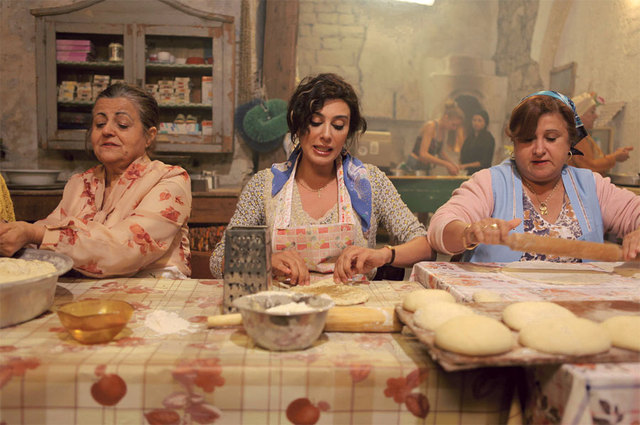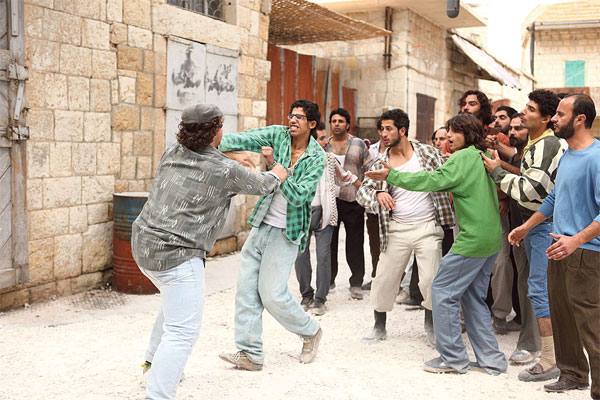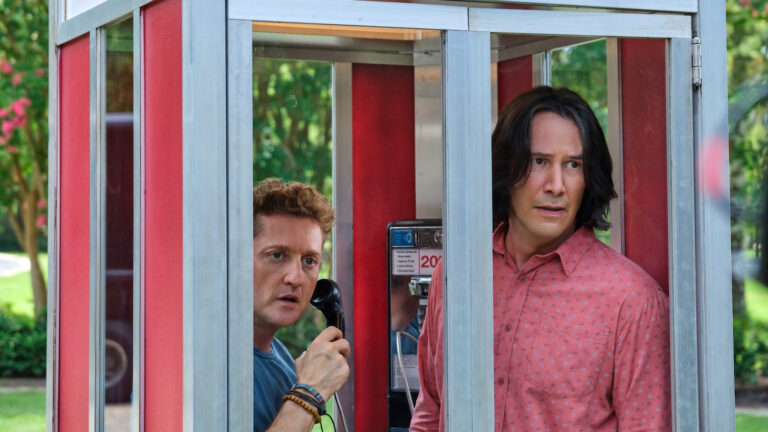Film Review: Lebanese Dramedy Where Do We Go Now? Finds Humor In Tragedy
Middle Eastern Farce Finds Inventive, If Unrealistic, Solution To Religious Strife


“Church bake sale? Again?”




